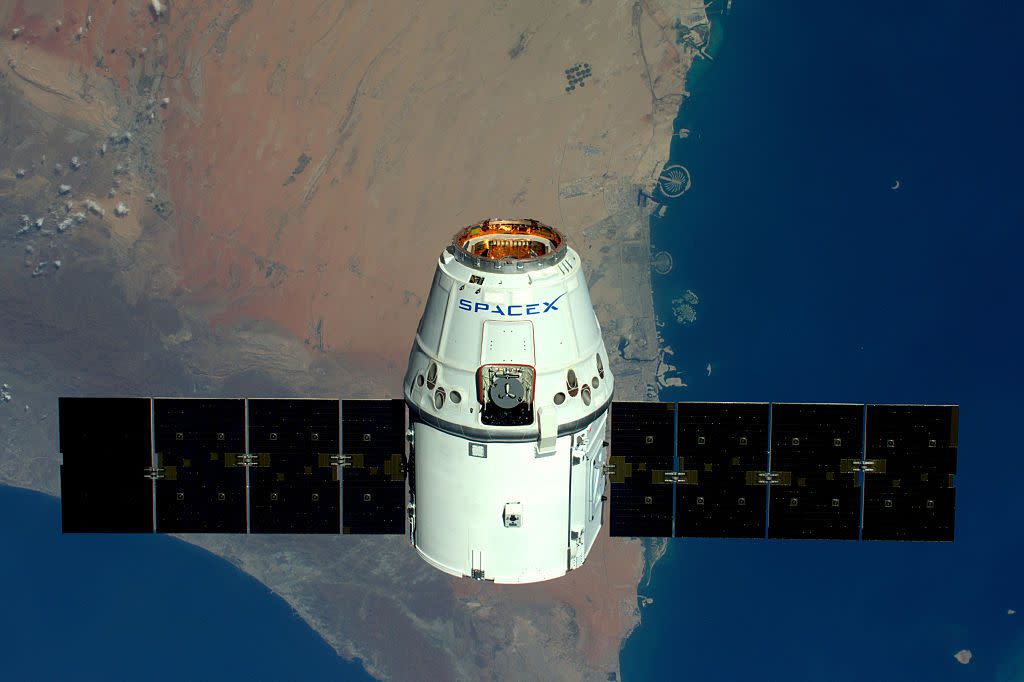SpaceX Is Launching Its First Internet Satellites

Back in 2015, SpaceX announced one of its more ambitious proposals: a constellation of satellites in orbit around the Earth, providing internet access to everyone and everywhere. Their plan involved launching over 4,000 such satellites, which would form a network capable of transmitting anywhere.
Since the initial public announcement in early 2015, there have been a few pieces of news, such as an FCC filing in late 2016 and a proposal to start launching satellites in 2019. Now, it appears that SpaceX is ahead of schedule, as it’s planning to launch the first of its test satellites on Saturday.
While satellite internet does currently exist, SpaceX’s plan is a bit different. Internet satellites today fly at geostationary orbits, over 20,000 miles above the Earth. SpaceX wants to put their satellites much closer, at around 750 miles, only three times further than the ISS. With closer satellites, connection speeds will be much faster and bandwidth will be higher.
The downside to closer satellites, though, is that SpaceX is going to need a lot more of them. It only takes a handful of satellites parked in geostationary orbit to reach the whole world, but SpaceX is going to need a few thousand.
Even a few years ago, such a feat would have been impossible, but with the recent successful launch of the Falcon Heavy and the advent of reusable spacecraft, putting 4,000 satellites in orbit might just be doable.
In fact, SpaceX is not the only company with a plan for a global internet network. Boeing, Samsung, OneWeb, and others all have plans to launch their own satellite constellation over the next few years. SpaceX might beat them all, though, simply because it also owns the rockets necessary to get those satellites into space and is already beginning to launch them.
The launch this Saturday will put two test satellites, Microsat 2a and 2b, into orbit. These satellites will test connections with ground stations in Washington, California, and Texas, plus receivers in mobile vans scattered around the country.
If these tests go well, SpaceX could begin launching the first of its satellites later this year, with a functional, if limited, network in place by 2020. This initial network would include about 800 satellites and cover the United States. The company would then begin expanding coverage to the rest of the world.
Source: GeekWire

